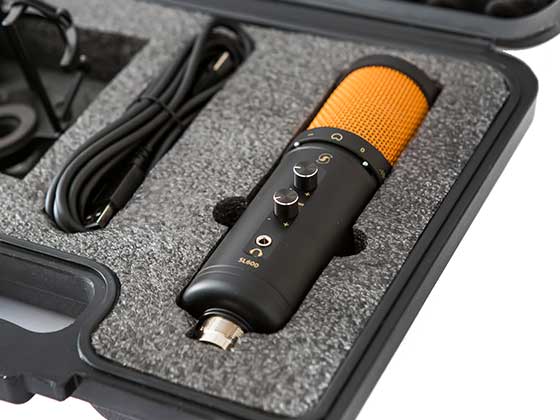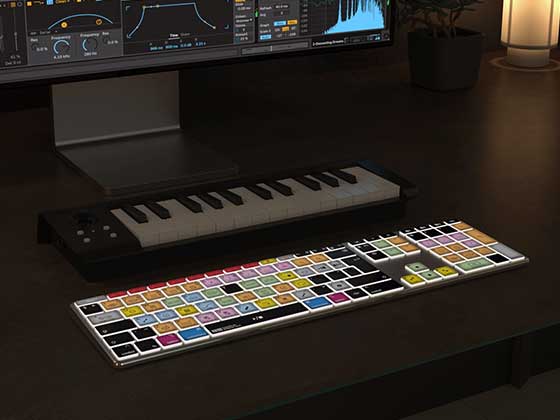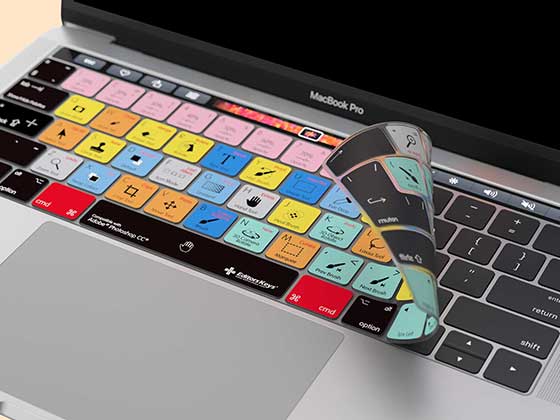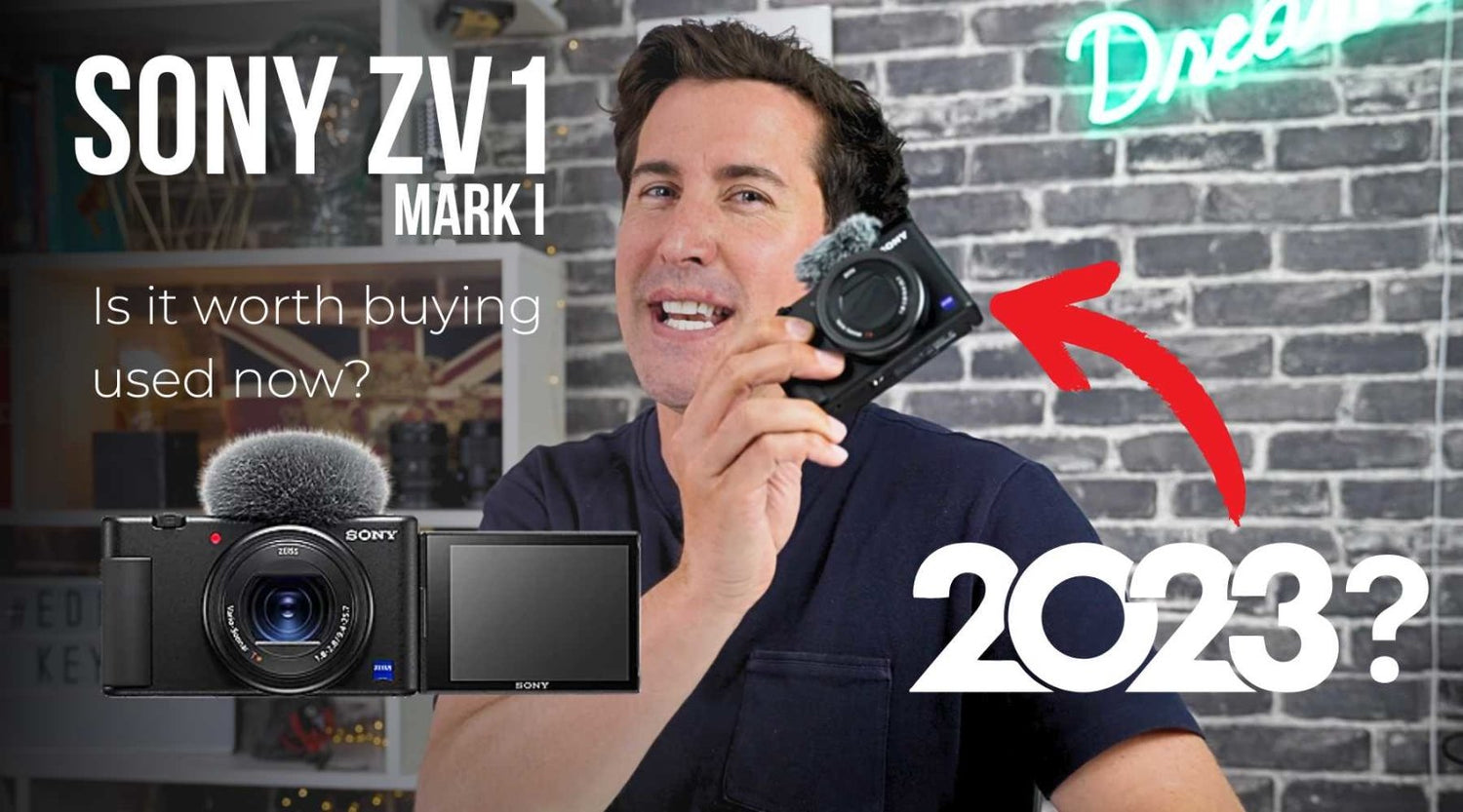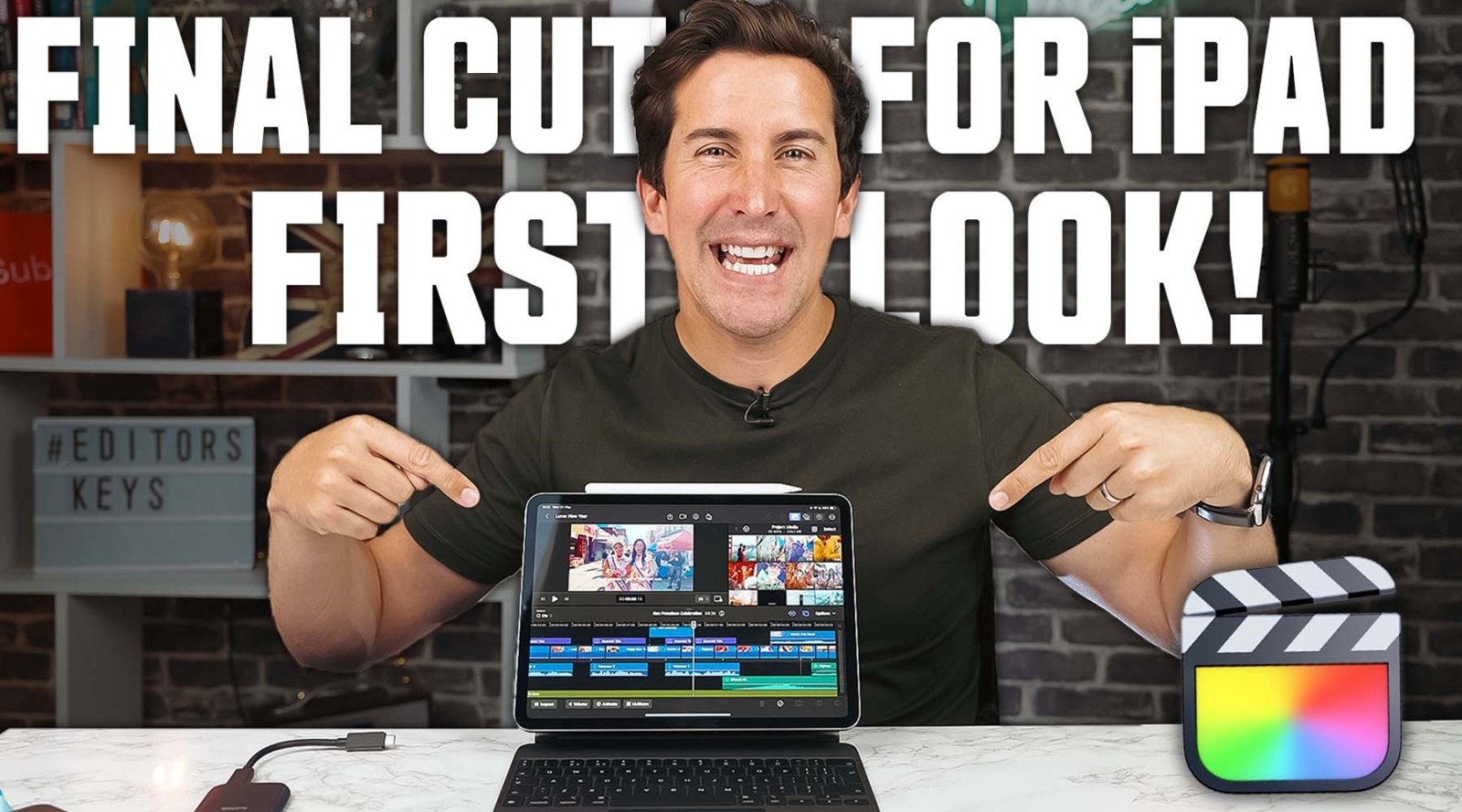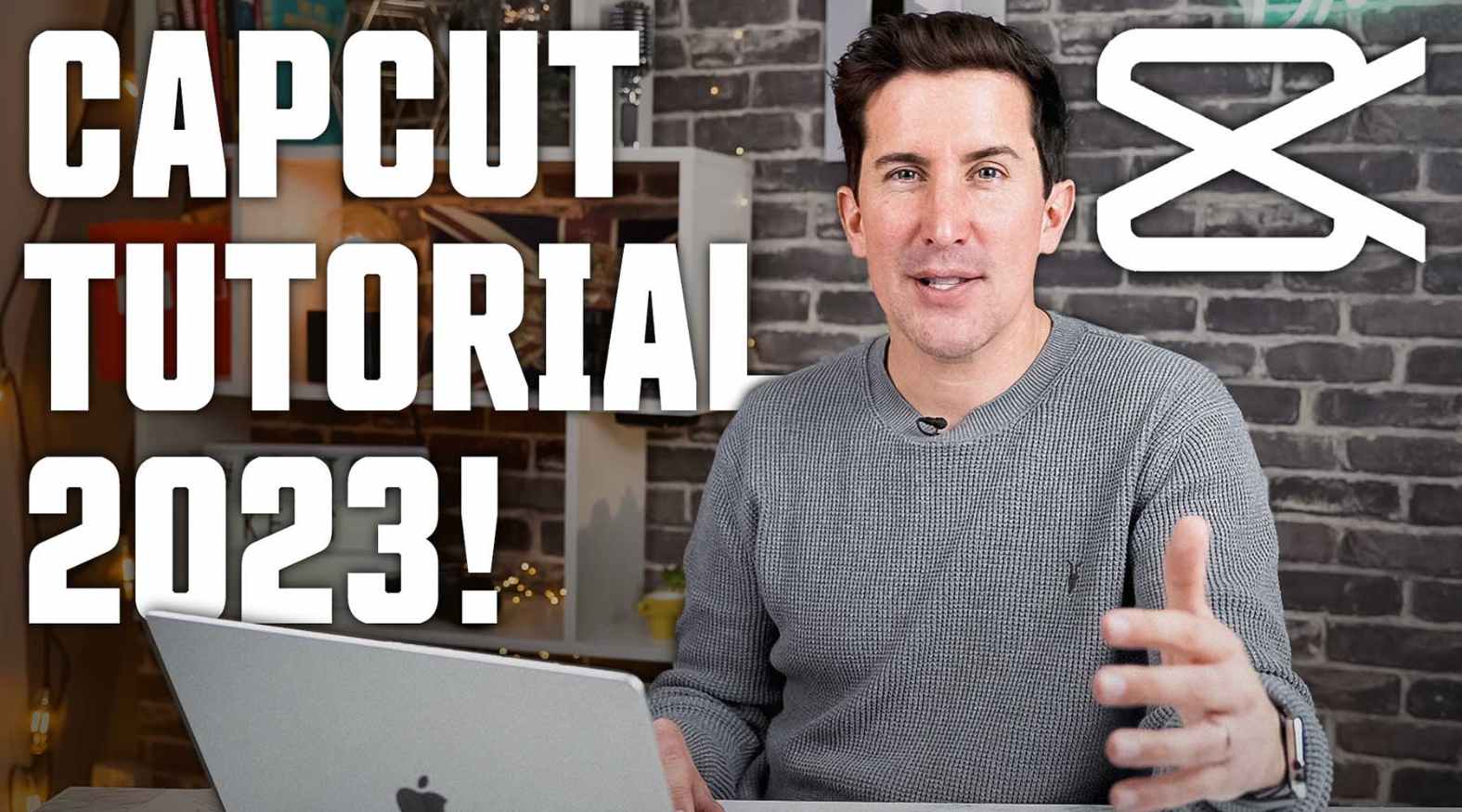With Sony having just announced the ZV1 Mark 2, is it still worth buying the Mark 1 in 2023? In this blog, we're going to go over the camera and its features to see how it holds up.
Because there's still a lot of the ZV1's on the market, you can pick one of them up for as little as £300. So in this blog we're going to go over some of the pros and cons of this camera and you can form your own decision! Lets start with the positives.
Positives
Size and portability - The first pro has to be the size and portability of the camera. We love this camera for its size, and it's the same size as the Mark II as well. It's a smaller than an iPhone, but unlike the iPhone you're not going to get any over-sharpened footage that's easily identifiable as smartphone footage - this gives an image quality that maybe isn't quite up there with the Sony A7S 3, but it certainly matches and looks much better than any smartphone footage. You get better depth of field, you can alter your shutter speeds and ISO and you just get a nicer pocket-sized camera. This is mainly why we prefer this camera over something like the ZVE 10 - that camera does have interchangeable lenses but you can't simply just put it in your pocket like with the ZV1, plus this camera has a built-in microphone too - everything you'd need for your travels.
Auto-focus - Even in 2023, we think that this has possibly the best auto-focus of any camera, including up to the Sony A7S3! Personally, we think this is just somehow a little bit better. And as we said before, for around £300 - £400 second hand, we don't think you'd be able to pick up another camera with auto-focus as good as this. If you're maybe looking to start a Youtube channel, or you need a B-camera and auto-focus is an important feature to you then this is something to bear in mind. Speaking of focus and focal lengths, there's a feature to this camera that often gets overlooked or not discussed enough and that's the macro mode! It's super impressive if you want to record really close up details, for instance any product shots or nature photography are going to come out super crisp and detailed.

Versatile lens and image quality - Next up is the amazingly versatile lens and image quality from this camera. This is a 24 to 70 millimetre camera so you can get some really nice shots and we really like that when you're on your travels you can just fold down the lens and it's a nice compact little camera. With any other camera in order to get that range, you'd have to unscrew the lens and put a new one on, which means carrying a big padded bag around with you all the time - so this is a very versatile camera! You can have a wide enough angle for vlogging with, but if you wanted to zoom in on something or someone far away then it's still got the range to be able to do so. Another great thing about the ZV1 is you can get that nice cinematic, blurry background thanks to the F1.8 aperture. It can overexpose sometimes when there's too much light, but mostly the shots are nice and cinematic looking.
In terms of zoom, you'll have to check out the Youtube video below for the full section, but here's two shots of the pier in St Ives, Cornwall!


Microphone Input - Often overlooked by people, but if you're looking for the best quality audio when you're vlogging or making a video then you're going to want to get a microphone for your camera. The ZV1 actually has it's own microphone on top of it which is actually very good! If you're aiming to do some vlogging on your travels and high-quality audio isn't super important to you, then you would be able to get away with using the little "dead cat" mic that comes with the ZV1 and it'll be good enough for your vlogs (and makes the camera more compact too) But if you are going somewhere and want to get top quality audio, then you can just slide any microphone onto the top mount, plug it into the side of the camera and instantly get studio quality audio for your video. Again, for the price tag this is a hard feature to beat on some cameras.
Negatives
Limited interchangeable lens options - So getting onto the negatives of this camera, one being that you can't actually change the lens on the ZV1 - so if you're vlogging and want those super wide angle shots or you want to zoom in over larger distances, well...you can't! You're stuck with this lens for the duration of your camera ownership, you can't unscrew the lens like you can with other Sony full-frame cameras. Another little pro on the other hand is that when compared to a 24 to 70 mm camera lens, the ZV1 is much smaller and way more compact and portable than even just the lens - this is one of the main things we love about the ZV1 is that compact element and the versatile built-in lens, but of course that lens is not interchangeable.

Battery Life - The ZV1 takes a small, lightweight battery which is great for the overall weight of the camera, but pretty bad for if you want to shoot for anything above 30 minutes...that's right, the ZV1 can only shoot for around 25 minutes in 4K, which is a real shame. This means that you'll have to buy/carry round extra batteries with you wherever you're shooting, plus you'll have to be regularly swapping them out. This also means that if you're capturing an event or something similar, you're not really going to be able to do it on a single battery with something like the ZV1. A pro would be that the batteries are very small and don't cost too much: a charger and 2 extra batteries cost us around £15 here in the UK so it's not a massive chunk out of your wallet, but still unpreferable to be swapping out the battery every half an hour.

Stabilisation - Another negative of the Sony ZV1 is the built-in stabilisation. now to its credit the camera does have stabilisation built into it, but it's pretty poor and shaky. If you have stabilisation turned off completely, it's almost unusable if you have any kind of movement. If you have it on standard then it's a little bit better, but it's still shaky - it doesn't look too bad on the screen but once you get it back onto your Mac or PC, you'll notice these little jitters and shakes that are just very annoying. So we would recommend using a gimbal if you're looking to shoot motion shots with the ZV1. Some of you may be saying that the camera does have active stabilisation on it, with is true! But active stabilisation has to crop in the frame quite a bit in order to stabilise the image, this can make it very hard to do any kind of vlogging. The other downside to active stabilisation is that it actually creates these little micro-jitters in the shot - if you're filming around any kind of lights, or if you're walking around then you'll notice that every element in your video has this weird shaky jitter to it. We have found a little fix for this, if you change your shutter speed from regular 1 over 50 for regular 25 frames a second, change the shutter speed to 1 over 200 and that will fix the issue and get rid of those little jitters in the shot. But of course, doing this would be breaking that 180 degree rule.
Conclusion
We have to be honest, we really do like this camera. Especially for the price tag that you can pick these up for now (especially used) it's almost worth having as perhaps a B-camera, maybe as a small travel camera or if you're getting into Youtube/vlogging for the first time and maybe you don't have a big budget, we think you'd be hard-pressed to find a better camera for under £400. you could maybe buy something like a body of an APS-C camera, but then you'd need to buy a separate lens which would add more to the budget. You may need to add a microphone which you might not necessarily need to do straight away with the ZV1, so we believe that for £300/£400 this camera really has everything you'd need in order to get started with vlogging etc.
Really at the end of the day, it all comes down to your personal preferences for filming. Take a look at the footage in our Youtube video and tell us what you think in the comments below!
